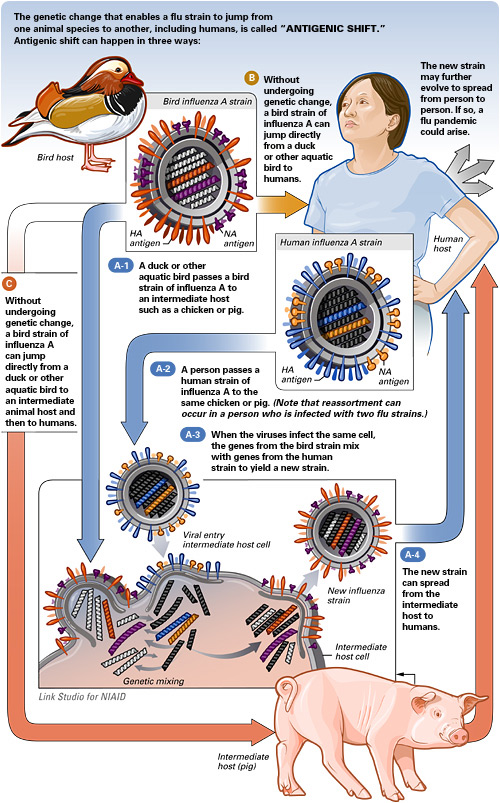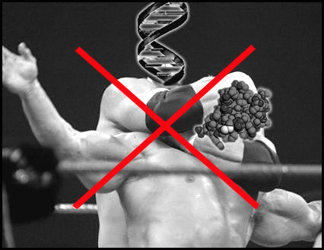 Why H1N1 Swine Flu Scares The Heck Out Of People
Why H1N1 Swine Flu Scares The Heck Out Of PeopleWhy are people scared before an epidemic even happens?—A question inspired by the recent H1N1...
 Behold The Power Of Evolutionary Theory; Darwin's Principles Withstand Test Tube Scrutiny
Behold The Power Of Evolutionary Theory; Darwin's Principles Withstand Test Tube ScrutinyIn a recent study (that yielded some exceptionally interesting results), catalytic RNA molecules...
 Get To Know H1N1 Swine Flu - And What Makes Influenza A So Nasty
Get To Know H1N1 Swine Flu - And What Makes Influenza A So NastyIf you haven't heard of swine flu - Influenza A H1N1 - by now... well, you have unless you can't...
 Now Playing: "The Bone Dispute," Starring UC San Diego As The Ambiguous Caped Crusader
Now Playing: "The Bone Dispute," Starring UC San Diego As The Ambiguous Caped CrusaderIn a previous article, I discussed the controversies associated with anthropological research and...








